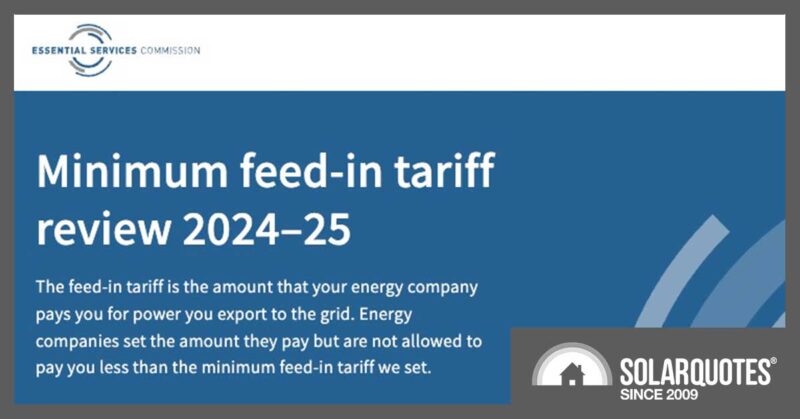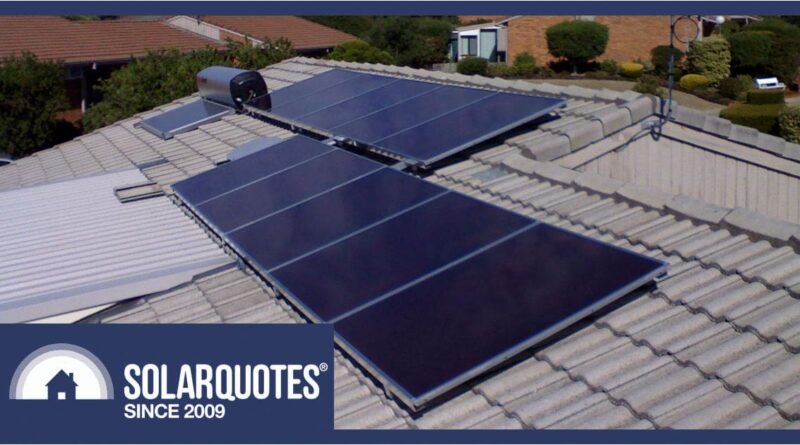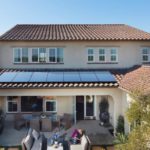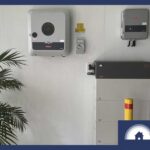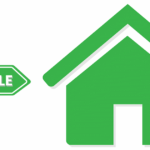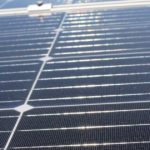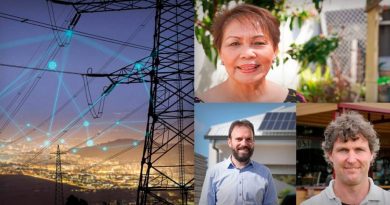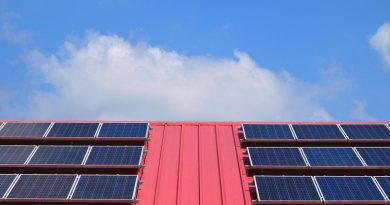Too Old For Solar? Not A Chance
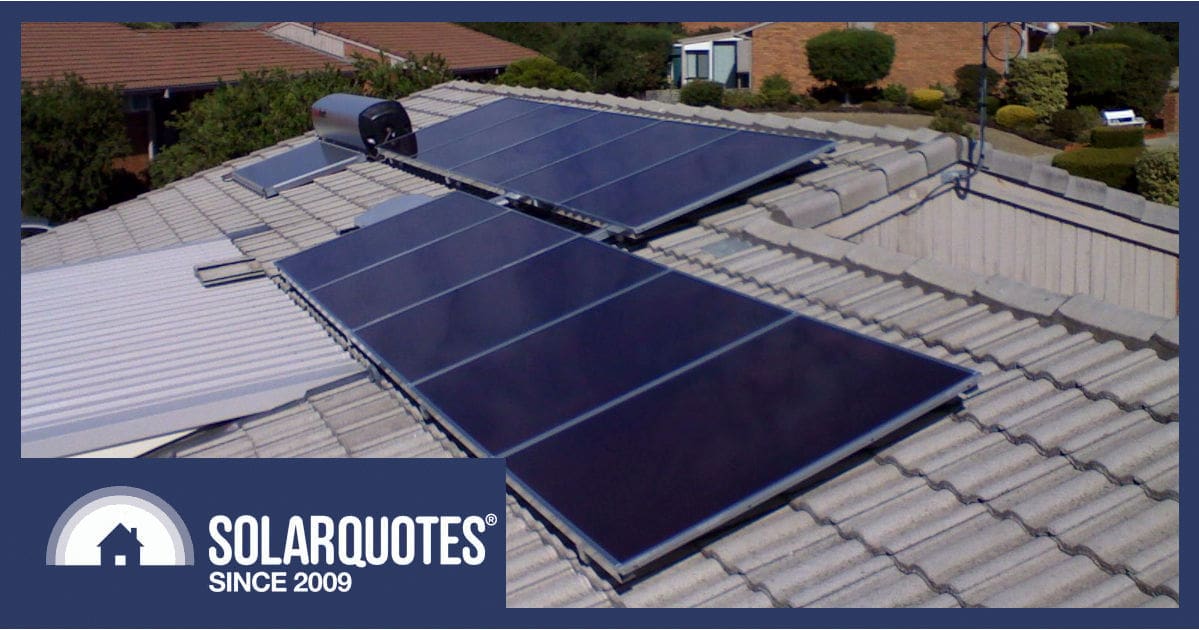
Since 2008 for this installation
Perhaps it’s a function of the ludicrous property market, but Australians all seem to obsess about return on investment these days. Some people say they’re too old to install solar power, but I’d like to explore why it’s always a good idea, no matter what stage of life you’re at.
One of the most gracious customers I ever came across was a Mr VanSelden. I don’t often remember names at the best of times, especially people I’ve only ever met once, but this bloke has stuck with me since 2008.
The reason was that at 80 years of age he openly stated the monetary return on this system didn’t matter as he wasn’t likely going to be around to see it pay itself off.
Still, he couldn’t imagine a better way to spend the money in his bank account.
Doing The Right Thing
Mr VanSelden simply thought it was a good outcome. It would save him money in the short term, it would add value to the retirement house he was installing it on. His children would see some return on the value of his estate and it would improve the environmental outcomes for his grandchildren.
At the time there was an $8000 federal government grant available, which meant he could leverage his money made on an otherwise very expensive investment.
The state government also offered a premium feed-in tariff, so the very small 1kW system would have an outsized impact on his bill and the financial return should fall inside the warranty.
The warranty didn’t matter much though; if the systems malfunctioned in 10 years, that would be a concern for others.
Taking The Long Term View
What both of these incentives did was establish a new industry, train a new workforce, write new standards and very visibly normalise a new way of generating power.
Though $12,000 per kilowatt was horrendously expensive compared to the technology available now, being an early adopter paid off in the long term.
The double whammy in this case is that $12,000 will now buy you ten times more solar, because the industry has now matured and competition is so fierce.
Being A Visionary Shouldn’t Be So Abnormal
Former Prime Minister John Howard was criminally backward in many instances. He spent ten times as much R&D money on the fraud of “clean coal” than he did renewables.
However we must acknowledge he did introduce the Solar Homes and Communities Program and the Renewable Energy Target.
Though the $4000 SHCP wasn’t enough to begin with, the government decided to inject more money and the nascent industry told them to double the eligibility from 1kW to 2kW, which would have bought everyone a bigger system and incentivised more private investment.
Instead, they just doubled the grant and by the time it was wound up we had seen the first round of cheap rubbish components sold as “free” solar power systems.
A Scheme With a Legacy
The RET was also ineffectual, but it at least offered a mechanism that Howard’s successors would ramp up into a useful tool. Despite wanton vandalism during the Abbott years, it’s a scheme that is still at work today, though it will be outlived by the recklessly stupid LNG contracts Howard signed.
Though STC incentives fall 7% each year, so does the price of panels. Roughly speaking, the top 200 polluters in the country subsidise your solar power system to the tune of 30%. Effectively the glass on your roof is still free.1
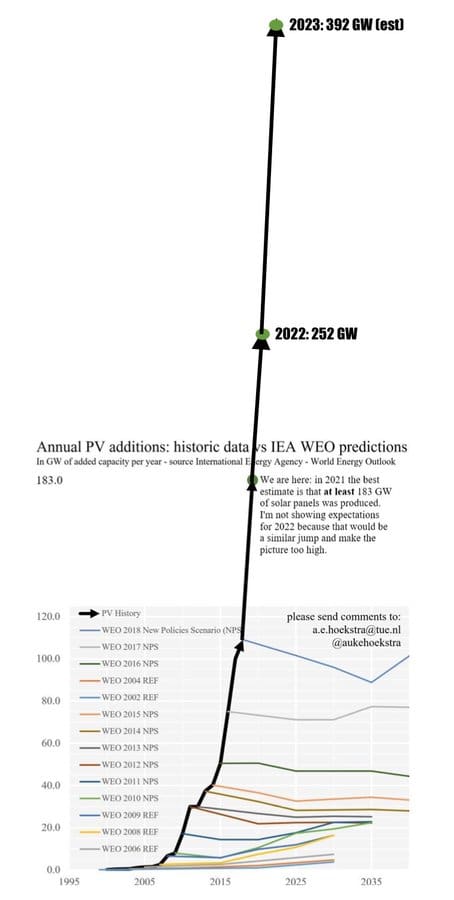
It’s insane how the “experts” repeatedly couldn’t envision how successful free fuel would be. Blind freddy can see solar has got some legs on it now.
Before Heat Pumps Had Been Heard Of
Mr VanSelden was also forward-thinking with his water heating. The now sadly defunct Solar Depot was a holistic solar company that used to offer remote area power systems alongside complete packages including hot water and space heating.
As dealers for Solahart, they installed a lot of close-coupled solar hot water services. You’ve seen them; two panels on the roof and a shiny silver tank laid horizontally across the top.
In this instance we craned up a smaller version, around 200 litres and one flat plate solar collector.
They’re a genuinely good solution, though they never saw fit to use an evacuated glass tube collector.
If you have one already then replace it with the same. Sadly, the flat plate collectors are now imported but nothing else has changed in the last 30 odd years.
1kW Was King
The solar power for this house was an equally modest setup. An SMA Sunny Boy 1100 watt inverter with ten Mitsubishi Thin Film solar panels.
Looking at the images of this install I realise this was so long ago. We spent many years using a bespoke framing system but simple square tubes and angles are long gone.
There was a time when both the margin in solar was so good, and the parts availability was so bad, that we would make tile interface brackets at home in the shed. I got that process down to 58 seconds each.
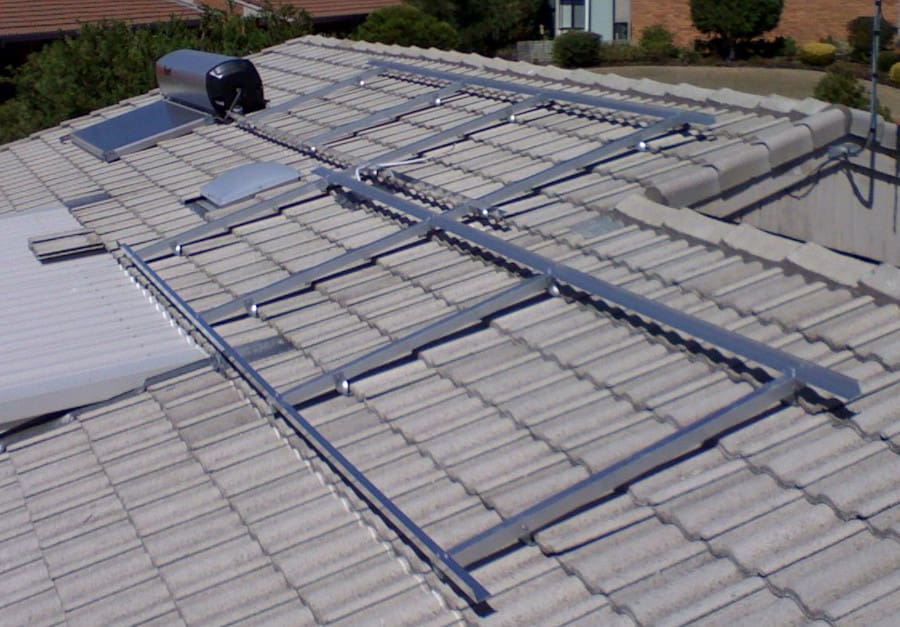
Framing cut to size from 6mt. lengths of aluminium, held together with stainless tek screws. Hand made tile brackets and no rooftop isolators!
Yield Is More Than Dollars
A 1kW system in Adelaide should make around 4.4kWh/day, so 17 years on this system would have made 27,000kW. Valued at 44 cents, that’s $11,880, or around 3 times the out-of-pocket expense.
Of course not every one of these kilowatt hours was that expensive. Offsetting consumption at 20c/kWh reduced the financial return, so we used to tell people to “export during the day and buy power back in at night for half price.” This customer training was the only perverse outcome of early solar power.
In any case this power represents coal unburnt and pollution abated.
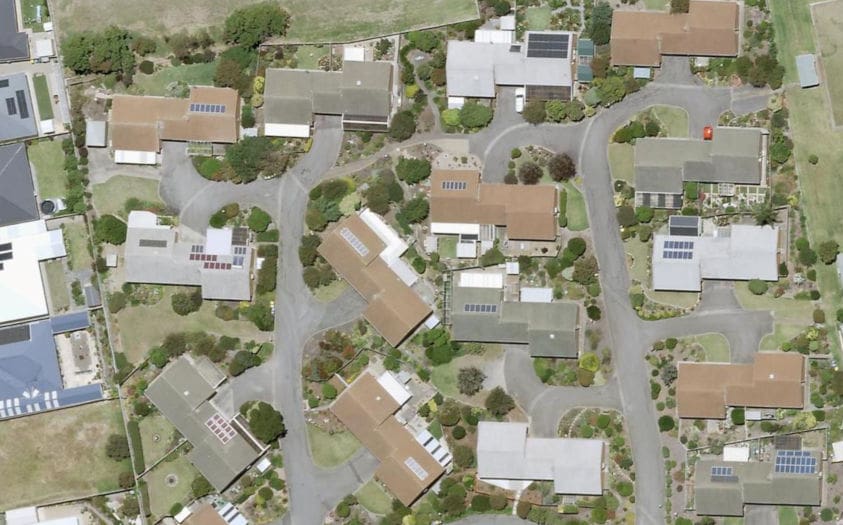
You can date a solar installation roughly just by counting the modules. 6 panels in 2008 cost the same as 28 panels today, with 2.5 times more rated power.
Returns Are More Than Investment
While people might consider depreciation when they consider buying a new car, they seldom ever run a cost-benefit analysis on buying a couch or owning a dog.
While solar power is bolted to your roof — themselves now sadly seen as investment vehicles more than they are valued for the utility and security of keeping the occupants dry — not everything comes down to bean counting.
I’ll argue the best thing about solar is that it empowers people. It gives them tools and more importantly it evaporates the helpless malaise of energy consumption.
Rather than just flicking the switch and accepting there’s no alternative to being stiffed by the energy industry, people now have their own power. Self-interest is enough interest to make consumers think about how they can get one back and reduce their bill.
The knock on is they have incentive to minimise their impact on the environment.
A Win For Everyone
Buying a solar system in your later years may run a risk of not paying off in a strict financial sense, so do the sums yourself with our solar calculator to estimate payback time.
I had a look on Google Maps the other day and saw that the solar array on Mr VanSelden’s roof remains in place right where I installed it. There’s more panels on the roof beside them now, but it’s reassuring that the work has proven durable.
We all owe these early adopters a debt of gratitude. While the energy yield may be small, what’s more important is their willingness to invest drove prices down for all who followed.
I don’t know whether Mr VanSelden has moved on or passed on — but I do know that his legacy is still with us.
Original Source: https://www.solarquotes.com.au/blog/too-old-for-solar/

